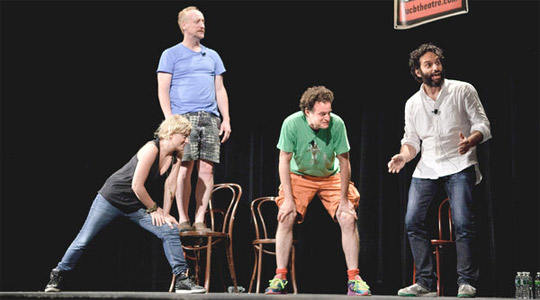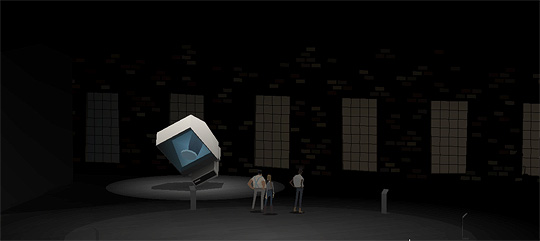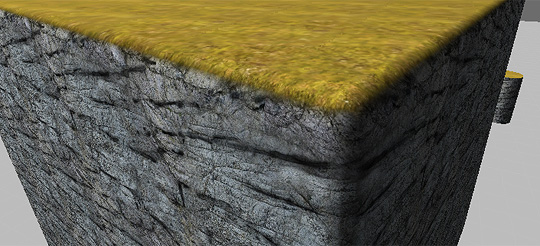As I prototyped Convo, it became clear that I would need some sort of
fog of war / sight radius visualization.
Depth masks weren't very good for this because of the uneven terrain, and the other fog of war solutions I found involved a tile system (nah), or a vertex alpha plane (eww), or some other pretty convoluted thing.
Lame. So I did a bunch of research and figured out my own technique... best of all, this visualization uses no script code at all, it's just shaders and geometry.
Also, you don't have to use this for fog of war. You can use it anytime you need to mask-off certain bits of the camera view on a per-object, per-triangle, or per-pixel basis. Like, maybe you'd want some stuff to glow red?...
The gist: (you will need
Unity Pro since this uses render textures)
1) A camera's
render texture is in
RGBA format. You can technically do whatever you want with the alpha channel; most of Unity's built-in shaders use it to mask out alpha textures for various image effects.
2) If we use a shader that writes only to that alpha, we can use it to mask objects or pixels.
3) Then, we edit the image effect shader to modulate an effect with the alpha channel values.
If you need some more details and shader code, read on...































